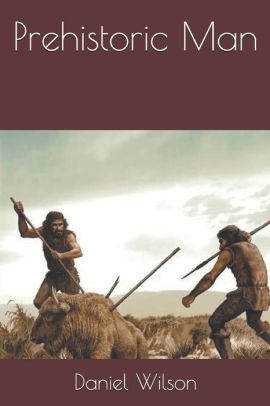- Welcome to FictionDB, Guest
- | My Account
- | Help

Prehistoric Man — Daniel Wilson
THE subject primarily treated of in the following pages is the man of that new hemisphere which was revealed to Europe in 1492. There through all historic centuries he had lived apart, absolutely uninfluenced by any reflex of the civilisation of the Ancient World; and yet, as it appears, pursuing a course in many respects strikingly analogous to that by means of which the civilisation of Europe originated. The recognition of this is not only of value as an aid to the realisation of the necessary conditions through which man passed in reaching the stage at which he is found at the dawn of history; but it seems to point to the significant conclusion that civilisation is the development of capacities inherent in man. The term used in the title was first employed, in 1851, in my Prehistoric Annals of Scotland, where evidence was adduced in proof of man's presence in Britain "long anterior to the earliest indications of the Aryan nations passing into Europe." It was purposely coined to express the whole period disclosed to us by means of archæological evidence, as distinguished from what is known through written records; and in this sense the term was speedily adopted by the Archæologists of Europe. But the subject thus defined is a comprehensive one; and in its rapid growth, distinctive subdivisions have been introduced which tend to narrow the application of the term. Nevertheless it is still a legitimate definition of man, wherever his history is recoverable solely by means of primitive arts. The first edition of Prehistoric Man, published in 1862, was followed in 1865 by another, carefully revised in accordance with later disclosures. Since then I have availed myself of further opportunities for study and research in reference both to existing races, and to the arts and monumental remains of extinct nations of the New World. Within the same period important additions have been contributed to our knowledge not only of the arts, but of the physical characteristics of primeval man in Europe. In the present edition, accordingly, much of the original work has been rewritten. Several chapters have been replaced by new matter. Others have been condensed, or recast, with considerable modifications and a new arrangement of the whole.
Genres
Click on any of the links above to see more books like this one.


